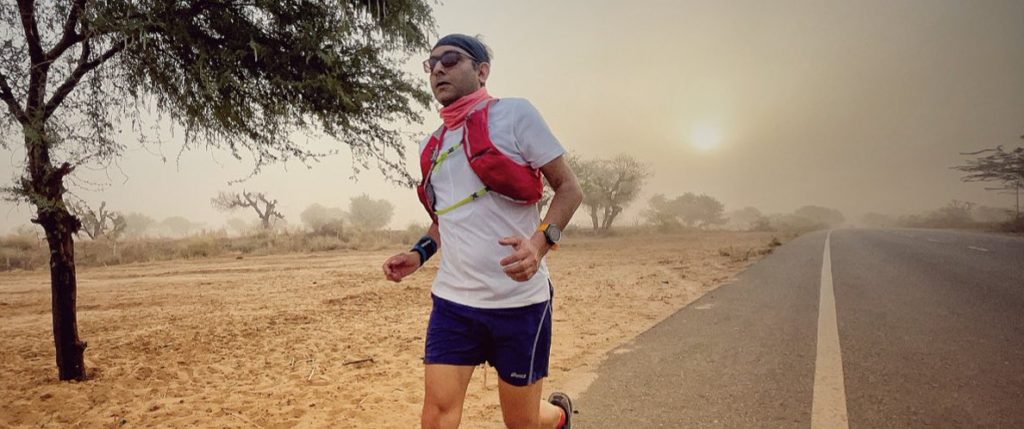From our regular contributor and well respected Military historian Dr Hamid Husain
Following was outcome of exchanges with some informed individuals from both sides of the border about Kashmir. I was educated & enlightened. It is just a glimpse on my part about possible scenarios. It is first of a two part; second part deals with the legal aspect of the issue as Constitution bench of Indian Supreme Court has taken up the case.
“Borders are scratched across the hearts of men
By strangers with a calm, judicial pen
And when the borders bleed we watch with dread
The lines of ink along the map turn red”
Marya Mannes
Regards,
Hamid
Paradise Lost – Kashmir at Crossroads
Hamid Hussain
“Any intelligent fool can make things bigger, more complex and more violent; but it takes a touch of genius and lots of courage to move something in the opposite direction.” Albert Einstein
On 05 August 2019, newly elected government of India announced change in Kashmir status. President issued an order under Article 370 superseding a previous Presidential Order of 1954 thus removing restrictions on application of Constitution of India in the state of Jammu & Kashmir (J&K). This also removed Article 35 A that gave special status to residents of J&K. In addition, J&K was divided into two Union territories with separation of Ladakh.
Currently, three countries control parts of the territory that was once princely state of Kashmir during the Raj. Indian Controlled Kashmir (ICK) is fifty five percent of the territory, Pakistan Controlled Kashmir (PCK) is thirty five percent and Chinese Controlled Kashmir (CCK) is fifteen percent. There is no conflict at Indian-Chinese border in Kashmir called Line of Actual Control (LAC) and there has been no border incident in the last fifty years. I recall the only incident of military history several years ago when tempers escalated at that border, the soldiers simply threw stones at each other. The story of Line of Control (LOC) between India and Pakistan is totally different.
Kashmir is more of an ideological element between two countries. Both sides have a psychological entanglement where the raison d’etre of both countries is linked with it. India views continued control of Kashmir as vindication of its stand that Hindus and Muslims are not two separate nations and that is why a Muslim majority state is part of Indian union. Pakistan contests this narrative and see India’s control of Kashmir as challenging the very idea of Pakistan based on ‘two nation theory’. Both sides are intelligent enough to recognize the old dictum that ‘possession is the nine-tenth of the law’. Rhetoric aside, in real politic, both countries are fully aware that LOC is now a de facto border, and no one can force a military solution of the problem. When there is an interlude of peace between two countries, public opinion is in favor of compromise. However, with every crisis, jingoism runs supreme on both sides of the border.
India
‘Nationhood is rooted in rites of violence we all prefer to forget’. Quoted in Karl Meyer & Shareen B. Brysac’s King Makers
India’s recent efforts to remove special status of Kashmir is to fully integrate the state in Indian union with the hope that this will end separatism in ICK. Unique circumstances of Kashmir at the time of partition in 1947 necessitated a compromise. Article 270 of Indian constitution gave Kashmir a special status where Indian constitution was exempted from the state in governance of the state. In the last seventy years, 94 of the 97 entries of the Union List and 260 of the 395 articles of the constitution were extended to Kashmir. Ironically, it was all done through Article 370 as this was the only ‘tunnel’ through which center could act in Kashmir. The result is that in practical terms Article 370 had ceased to provide any special concessions to Kashmiris. More important is Article 35 A that was inserted by a Presidential Order in 1954 as a compromise between Indian Prime Minister Jawaharlal Nehru and Kashmiri leader Shaikh Abdullah. This clause gave the authority to state government to define ‘permanent resident of the state’. A Dogra rule era law of 1927 that prohibited acquisition of land in Kashmir by an outsider was incorporated in Constitution of J& K in 1956 that closed the door for acquisition of land by outsiders. Now only a permanent resident of the state was eligible for land acquisition, government jobs and scholarship in state educational institutions. Article 370 was a psychological and 35 A practical anchor of special status of Kashmir. Continue reading Kashmir, Analysis by Dr Hamid Husain

